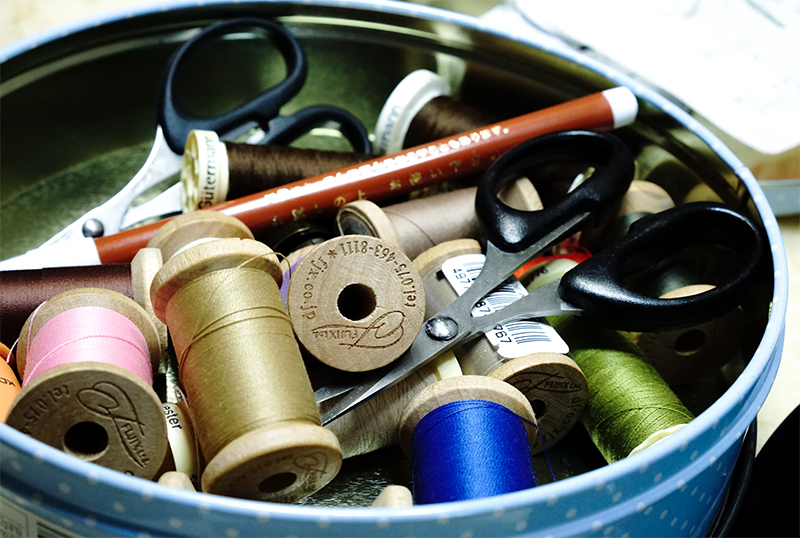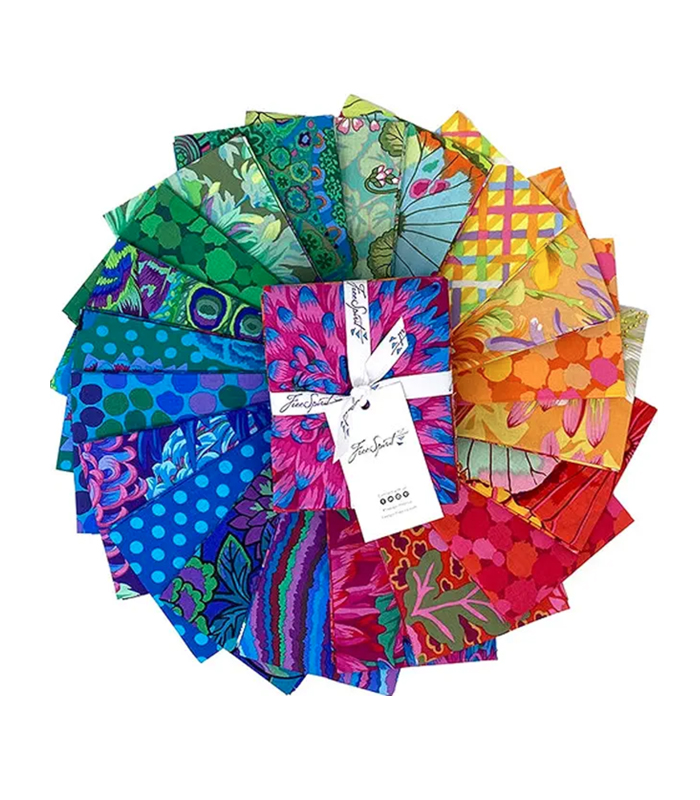Cutting quilt fabric accurately is essential for ensuring your quilt blocks fit together seamlessly, resulting in a beautifully crafted finished project. Here are some tips to help you achieve precise cuts:
- Use a Rotary Cutter: Invest in a high-quality rotary cutter with a sharp blade. Rotary cutters allow for smooth, accurate cuts through multiple layers of fabric, making the cutting process quicker and more efficient.
- Use a Cutting Mat: Place a self-healing cutting mat beneath your fabric to protect your work surface and ensure clean cuts. The gridlines on the cutting mat help you measure and align your fabric accurately.
- Straighten Fabric Edges: Before cutting your fabric, make sure the edges are straight and square. Align the selvage edges together and trim off any uneven or distorted edges using a rotary cutter and ruler.
- Use Clear Rulers: Clear acrylic rulers with gridlines are invaluable tools for measuring and cutting fabric accurately. Place the ruler directly on top of the fabric and align it with the desired measurement marks to ensure precise cuts.
- Cut Strips First: If your quilt pattern requires strips of fabric, cut these first before cutting individual pieces. This method saves time and ensures consistent widths for all your pieces.
- Press Fabric Before Cutting: Iron your fabric before cutting to remove any wrinkles or creases. Smooth fabric lays flat and is easier to cut accurately than wrinkled fabric.
- Layer Fabric for Efficiency: To save time, stack multiple layers of fabric (up to four or five layers, depending on the thickness) and cut them simultaneously. Make sure the layers are aligned properly and secure them in place with pins or clips.
- Mind Grainline and Bias: Pay attention to the grainline and bias of the fabric when cutting. Grainline refers to the direction of the fabric threads, while bias refers to the diagonal direction. Some pieces may need to be cut on the bias for flexibility, while others require following the grainline for stability.
- Label Pieces: As you cut pieces for your quilt, label them with removable fabric markers or pins to keep track of their placement and orientation within the quilt pattern.
- Double-Check Measurements: Measure twice, cut once. Take your time to ensure your measurements are accurate before making any cuts. Precision at this stage will save you time and frustration later in the quilting process.
- Practice Proper Cutting Technique: Hold the rotary cutter firmly but gently and use a steady, even pressure as you cut. Keep your fingers away from the blade’s path to avoid accidents.
By incorporating these tips into your quilt-making process, you’ll achieve precise and accurate cuts, setting yourself up for success in creating beautiful quilts. Happy quilting!




